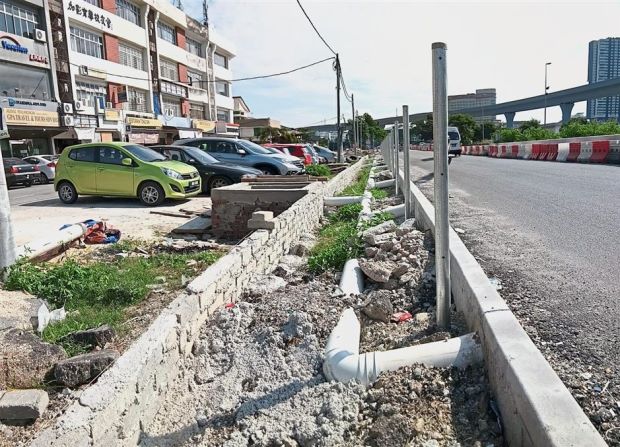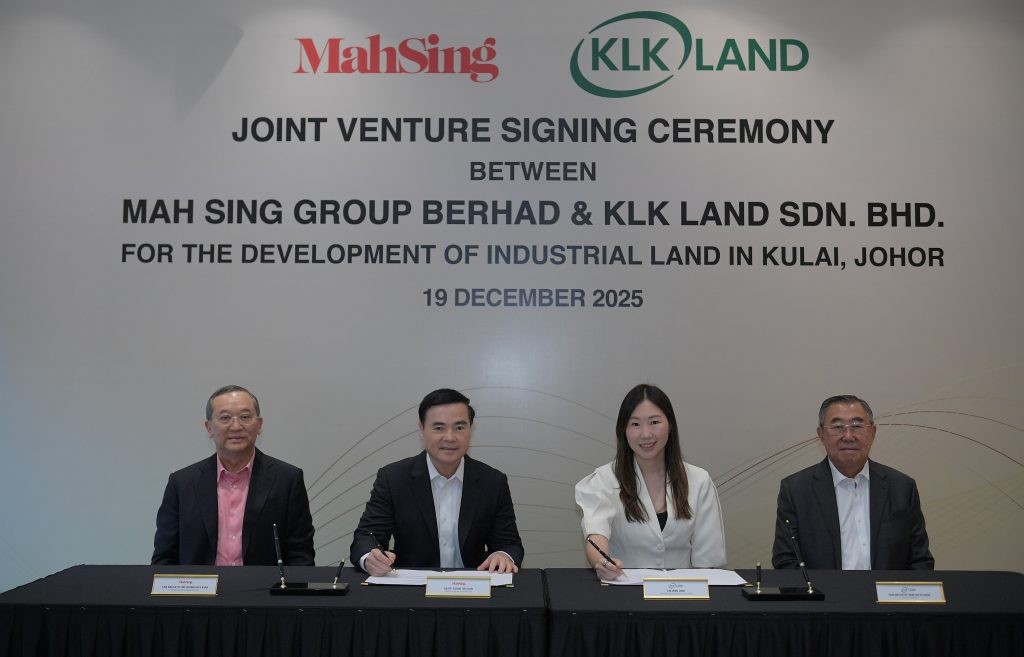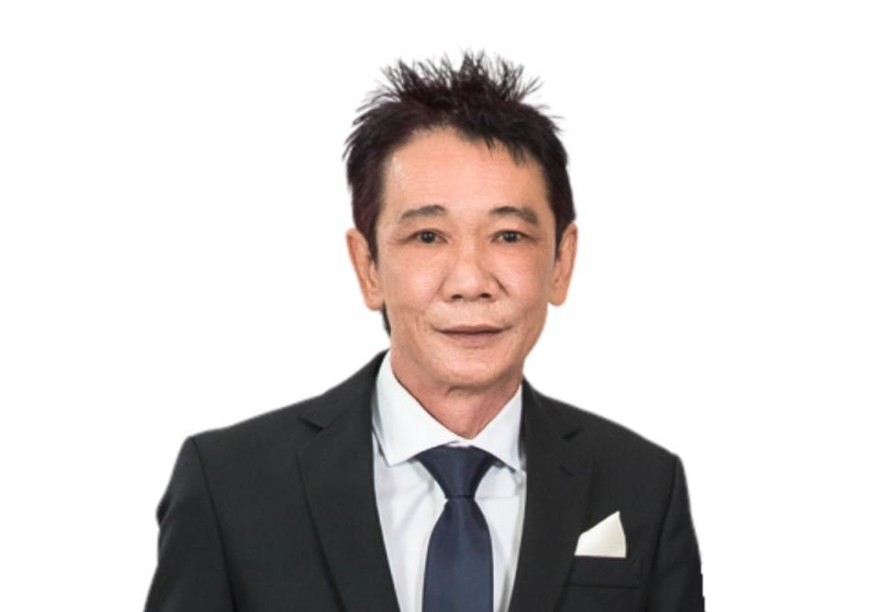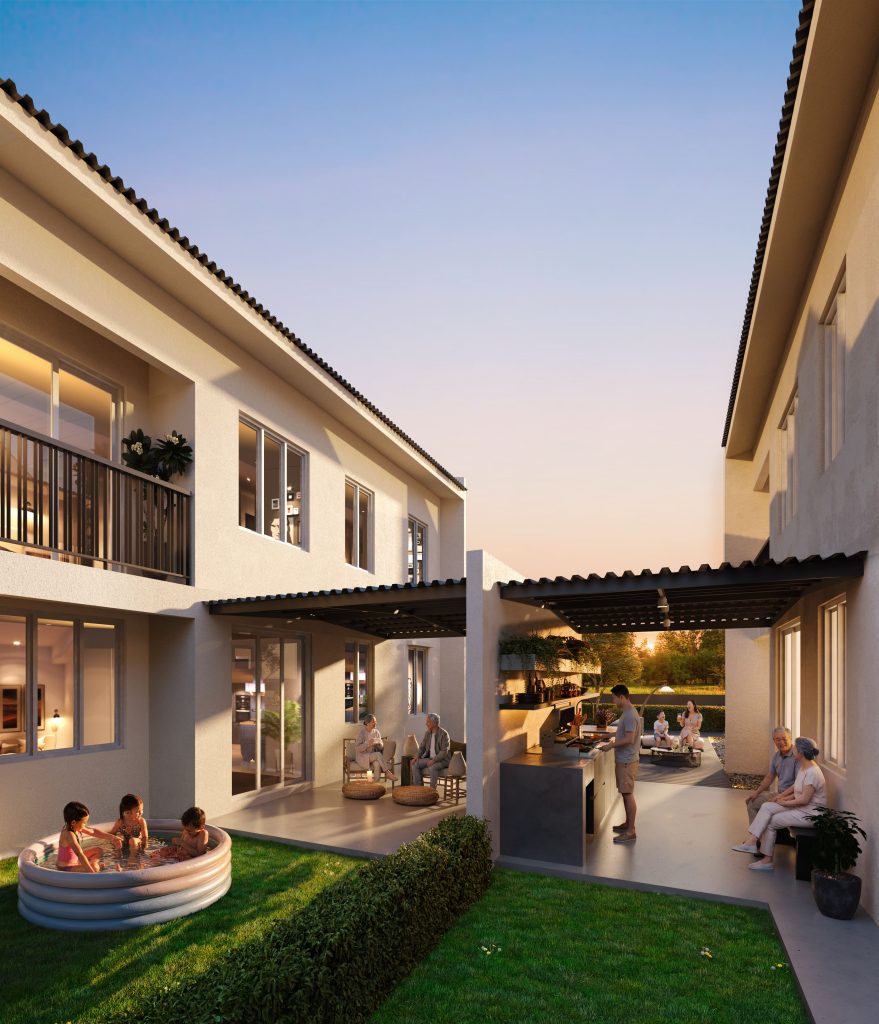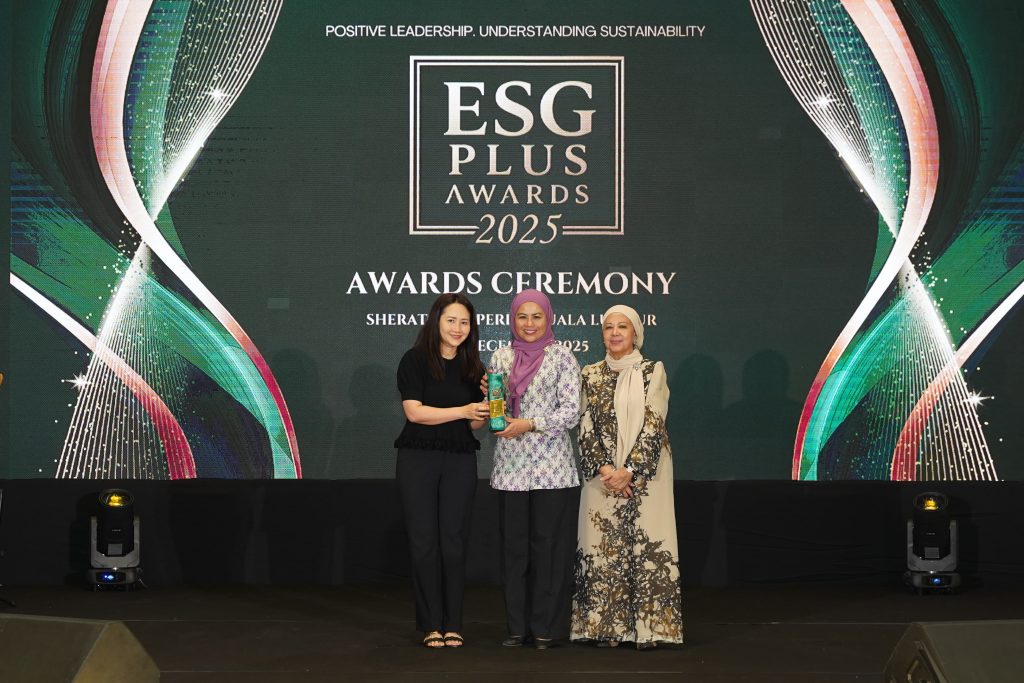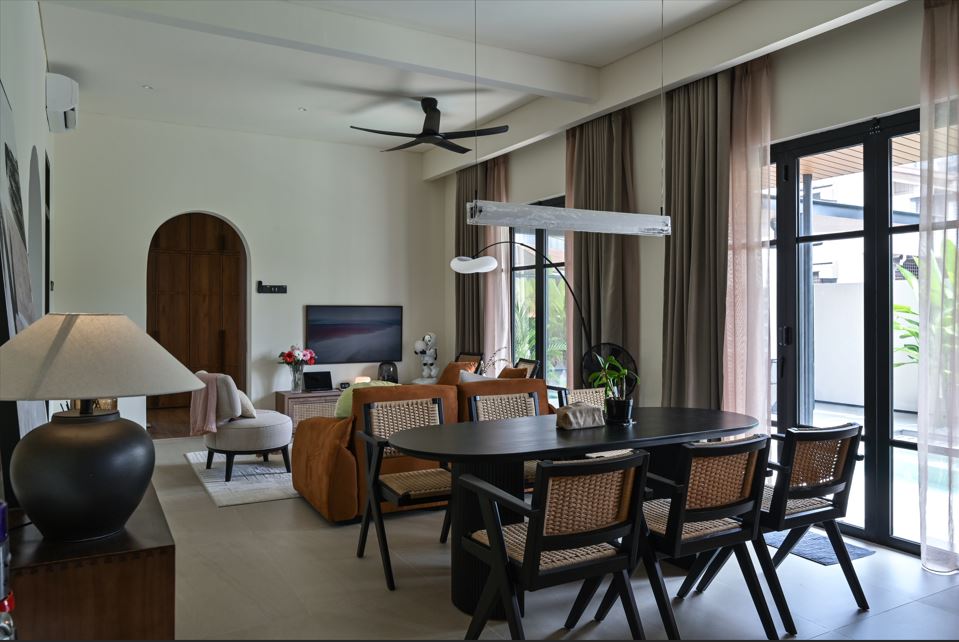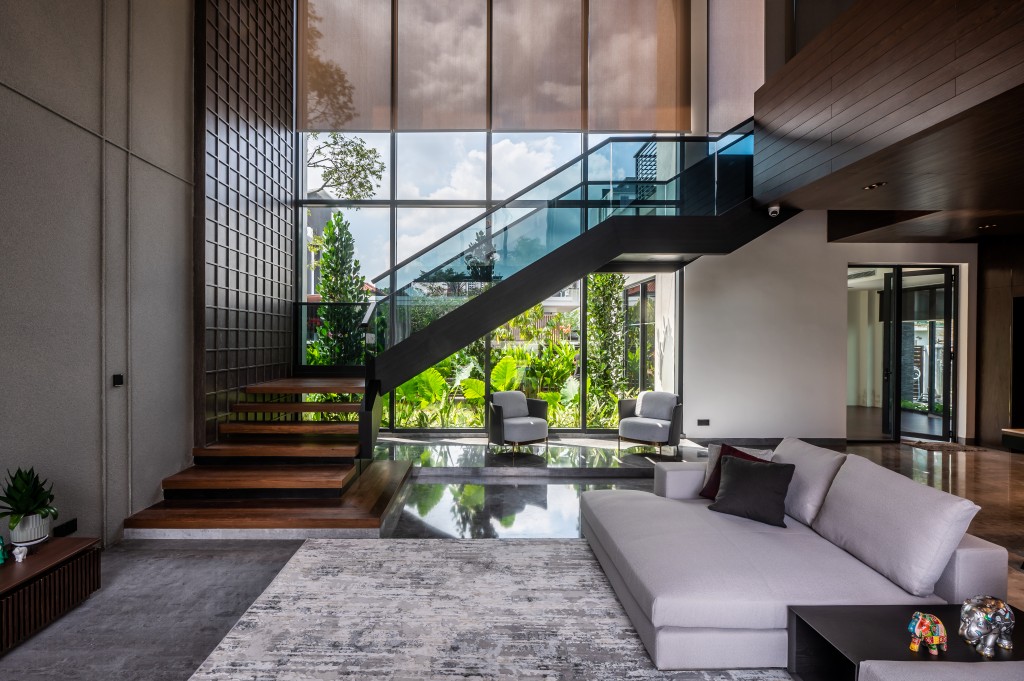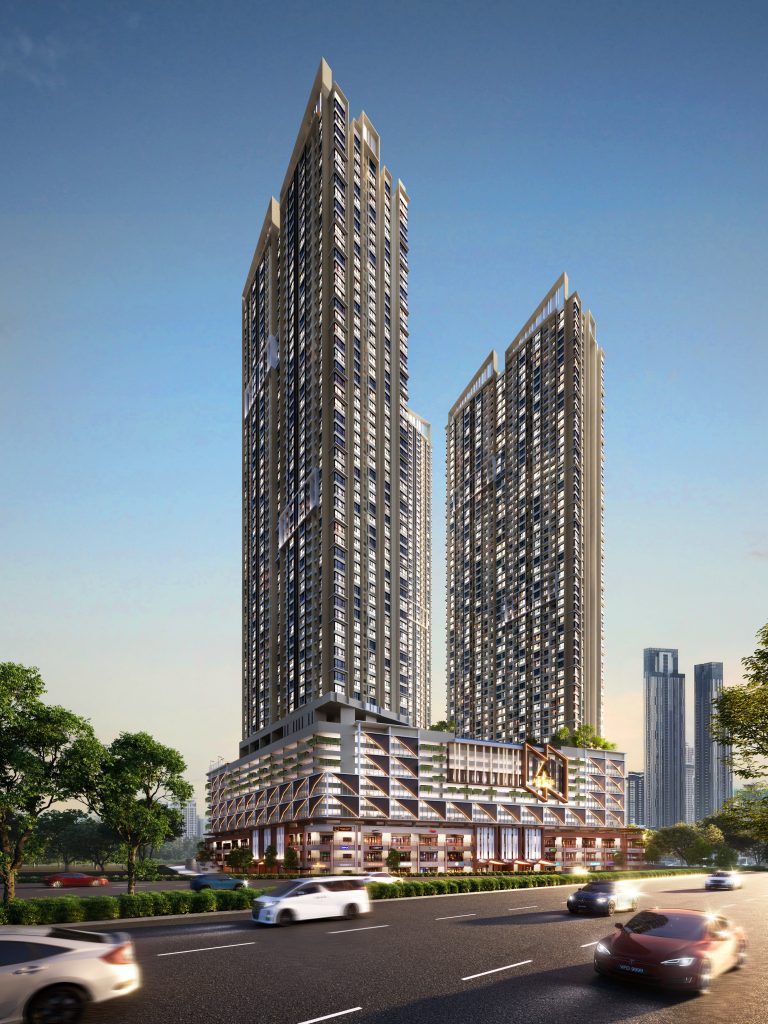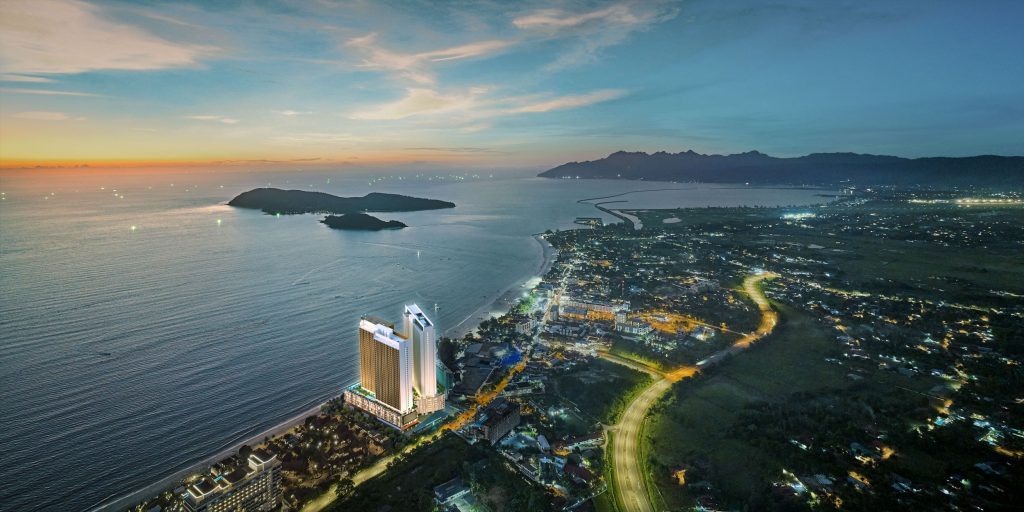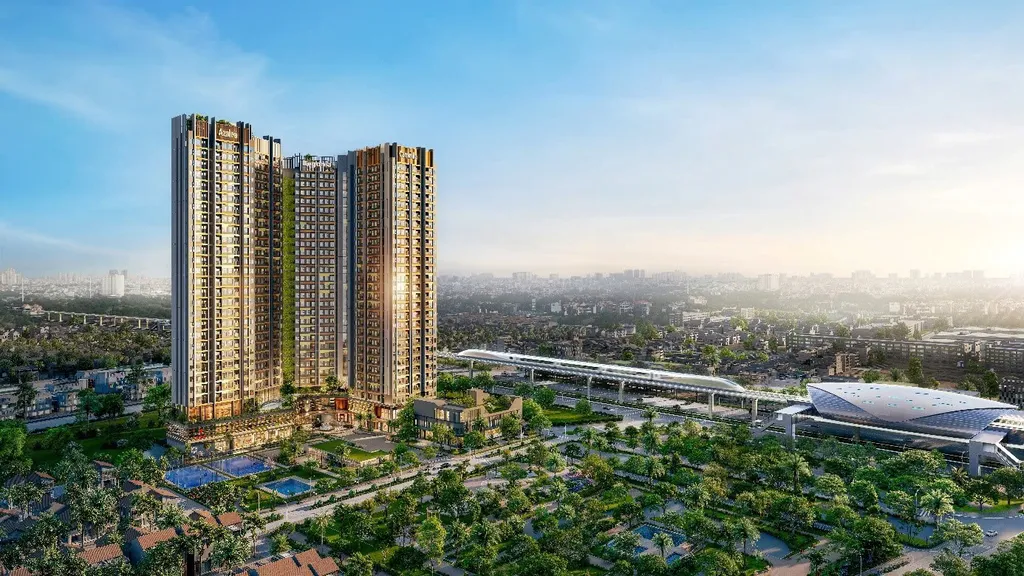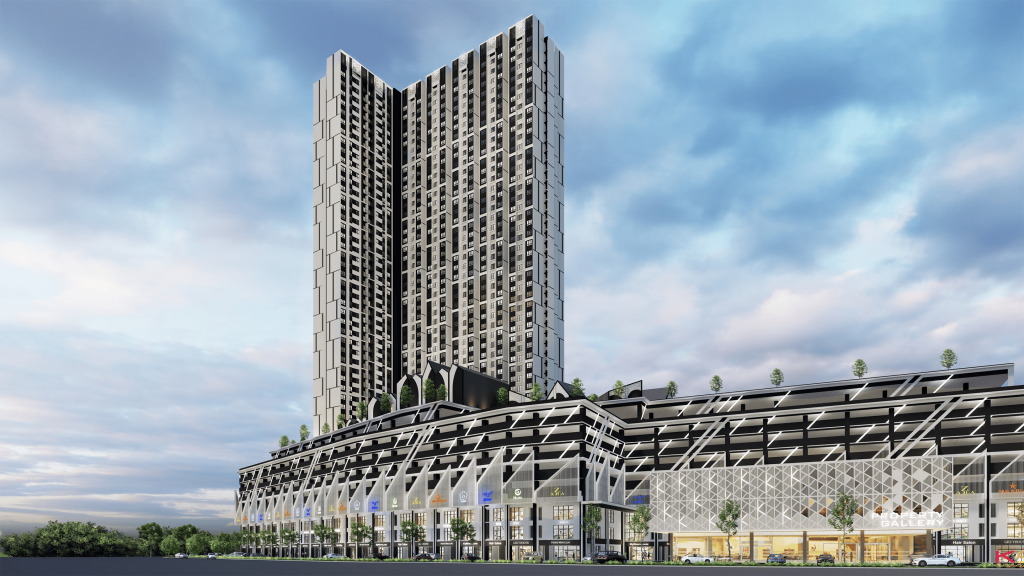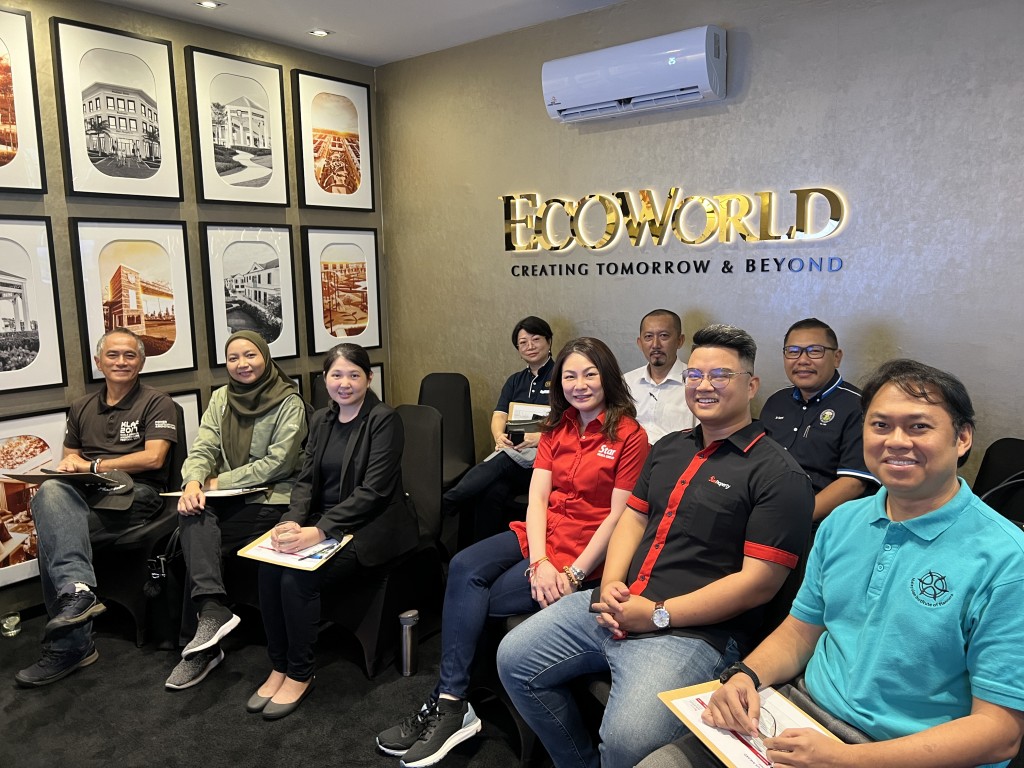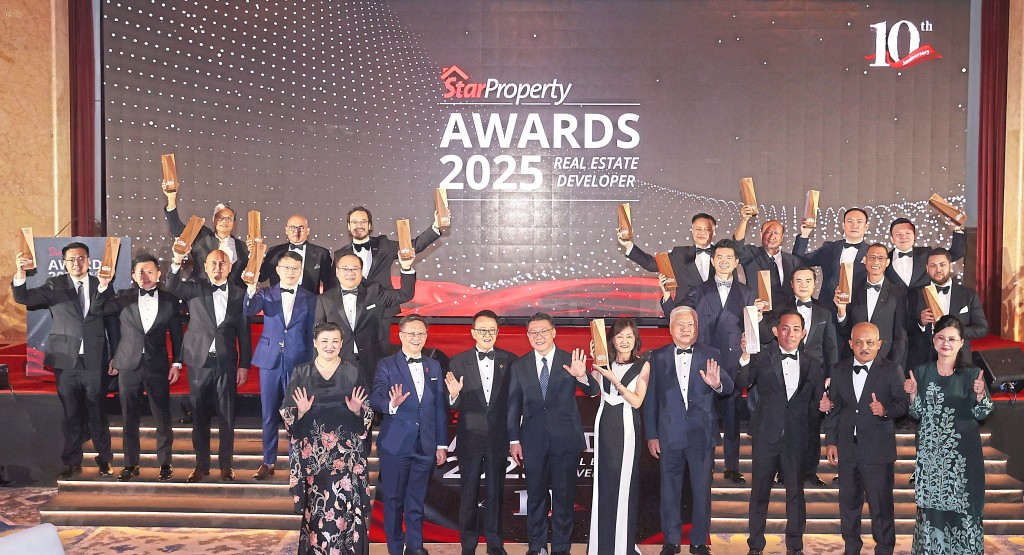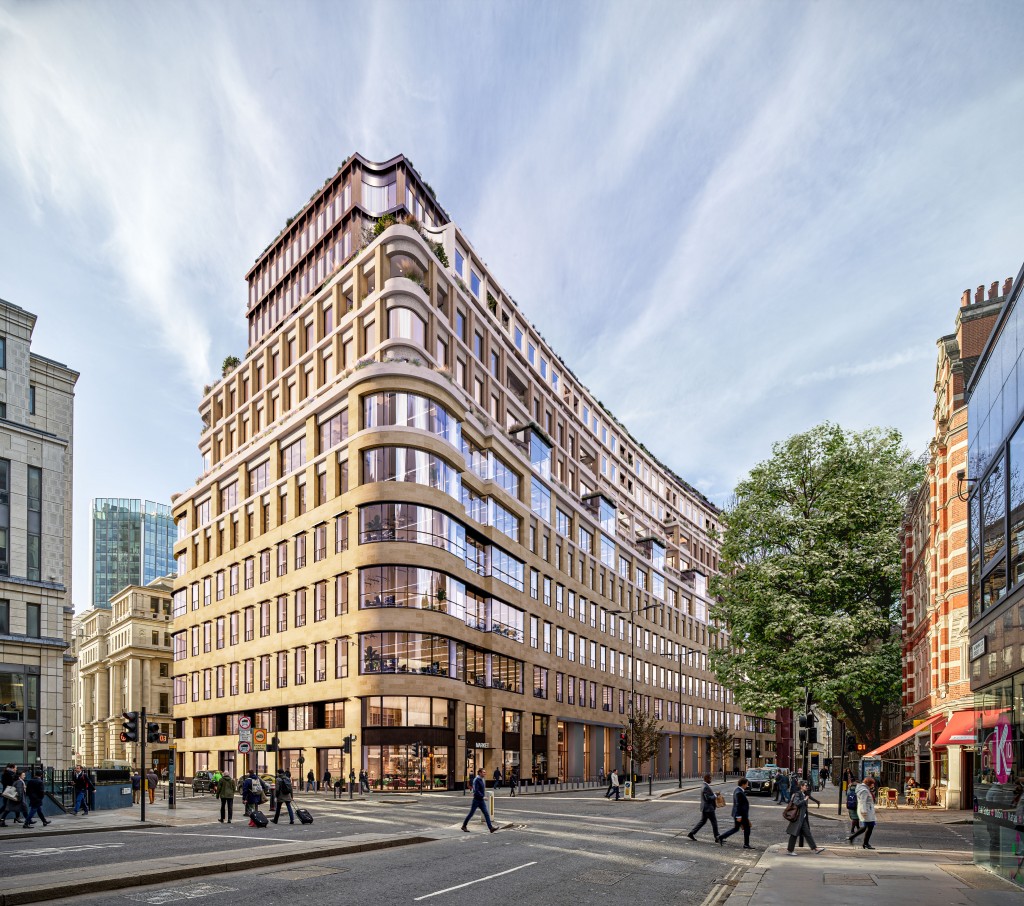BY GRACE CHEN

A CHANNEL of polyvinyl chloride (PVC) drain pipes running along Jalan Reko in Kajang has become the subject of contention with nearby residents.
Criticisms on the 2km-long drain network, which is still under construction, ranged from shoddy material quality to inadequate forethought on future maintenance.
Meant to run under a paved roadside culvert, its current layout caught the attention of Taman Desa Seroja resident Chong Yew Lai when he drove to work.
Though not an engineer by profession, Chong, 51, said the pipes with sharp angled elbow joints and ends would render them vulnerable to blockage.
“I worry that mineral bottles or drink cartons might get in and block the pipes. Let’s not forget other items like engine grease, sand and leaves,” he said.
Chong said the narrow pipes would be ill equipped to accommodate storm water run-off during heavy rain.
Taman Mahkota residentNg Kong Phoey, 81, a coffeeshop owner operating in Jalan Jelita 1, located on a parallel street beside the ongoing construction in Jalan Reko, was doubtful the PVC pipes could withstand the test of time or whether it was compliant with requirements set by the Public Works Department (JKR).
He is also fearful of impending floods to the area should the drainage network fail.
Kajang municipal councillor Bryan Lai said it would be worthwhile for JKR to look into the matter as about 10 residential areas with an estimated 5,000 houses were located beside the entire length of Jalan Reko.
If the road flooded, it could bring traffic to a standstill and affect operations of businesses in Jalan Jelita 1.
Speaking on the ongoing construction of the drainage, Klang Valley Mass Rapid Transit (KVMRT) System assistant public relations and stakeholder management manager Keshavar Ganesparan said MMC Gamuda, the project delivery partner, reassured residents that the drain layout design along both sides of Jalan Reko was sufficient and was in compliance with Urban Storm Water Management and JKR guidelines.
However, to ensure the drains remained effective, regular drainage maintenance by local authorities was required on a long-term basis.
“The authorities required 6m interval pipe openings along the edge of the road, yet we have it at every 3m,” he said, adding that additional pipes would improve water run-off during heavy rain.
“We will also minimise the acute angle bend at the elbow joints. UEM Construction, our work package contractor, has been instructed to make these changes,” said Keshavar.
He added that PVC pipes were used because the path was not subjected to traffic loading, and for extra strength, they would be wrapped by concrete.
Hulu Langat JKR engineer Mohd Shahabuddin Muhaydin said following a check, it was discovered that the current drainage structure was not according to the drawings submitted by UEM.
UEM, he added, issued a non-conformance report to reject the work done by the sub-contractor. Shahabudin said the original plan specified for only two drain pipes to be connected to a single sump.
Correction work for the ongoing construction, he said was expected to be completed by the end of July.

